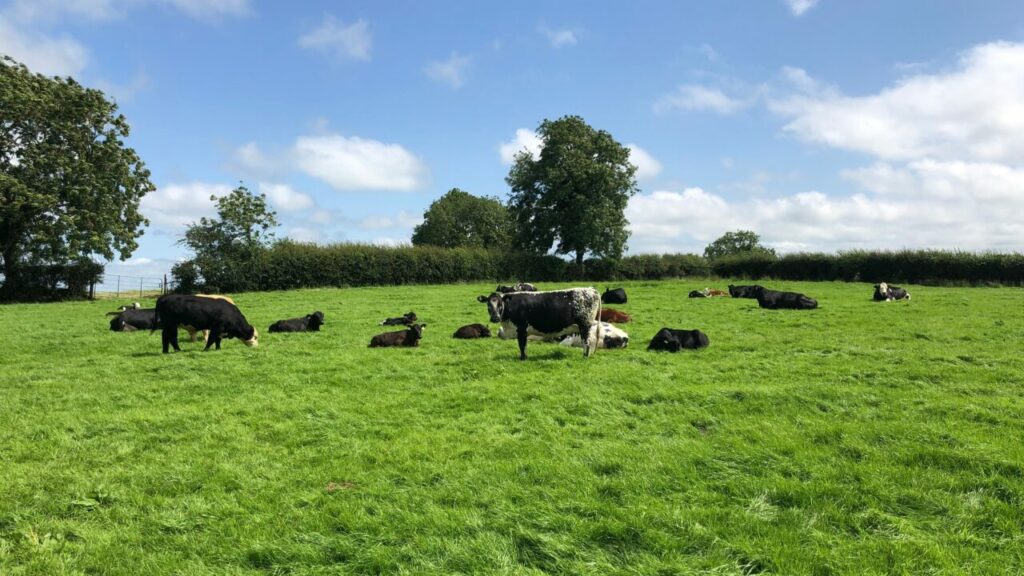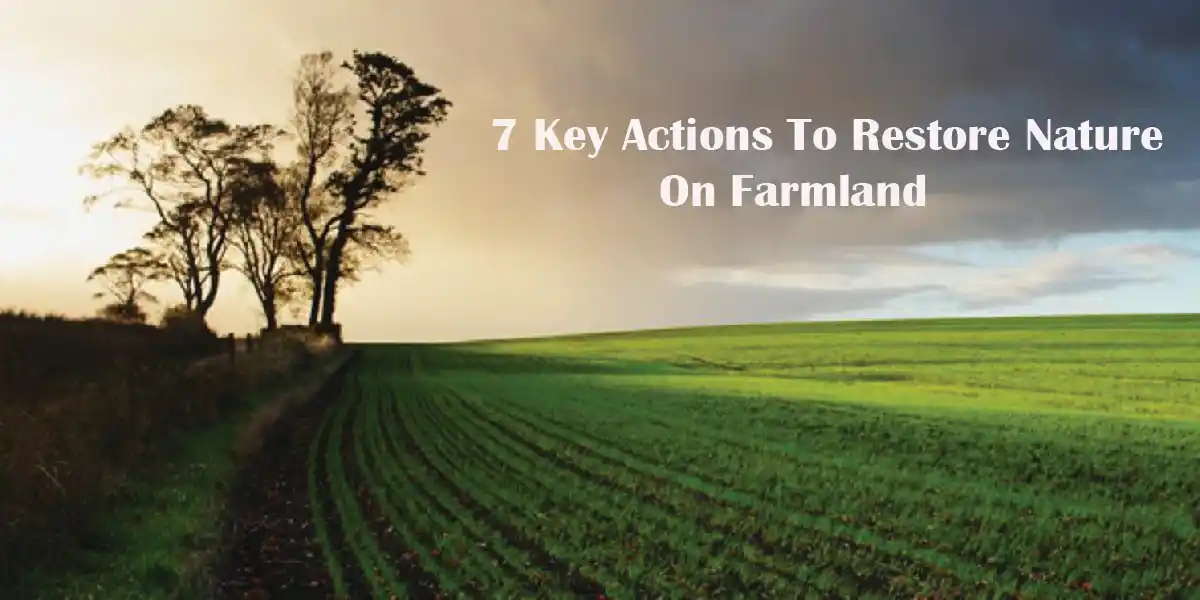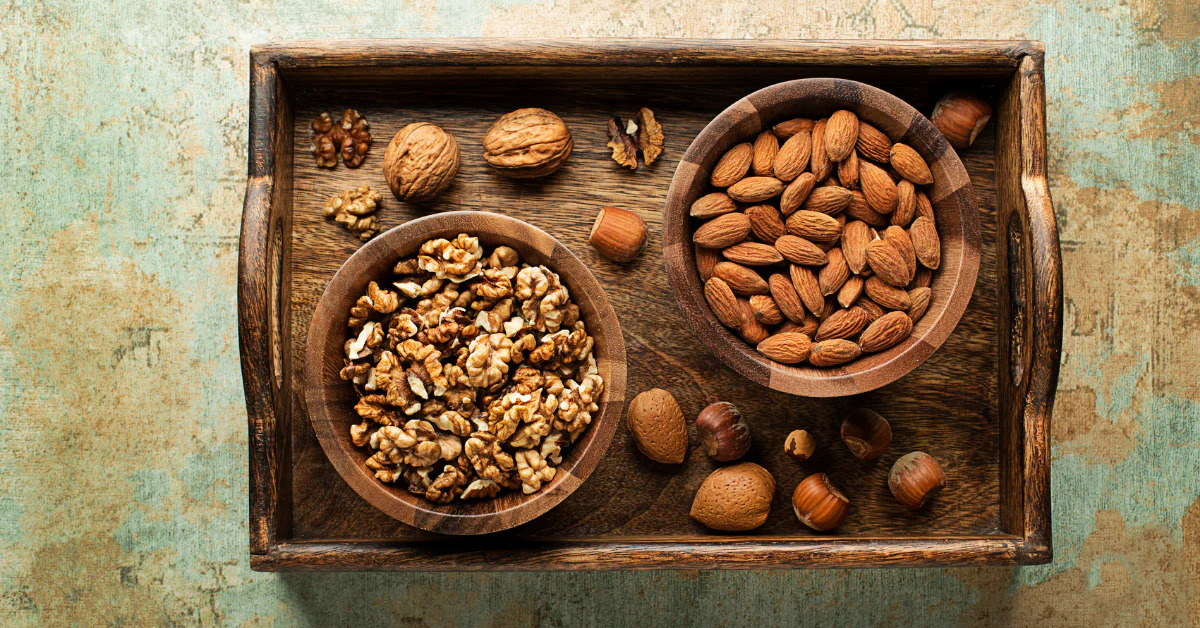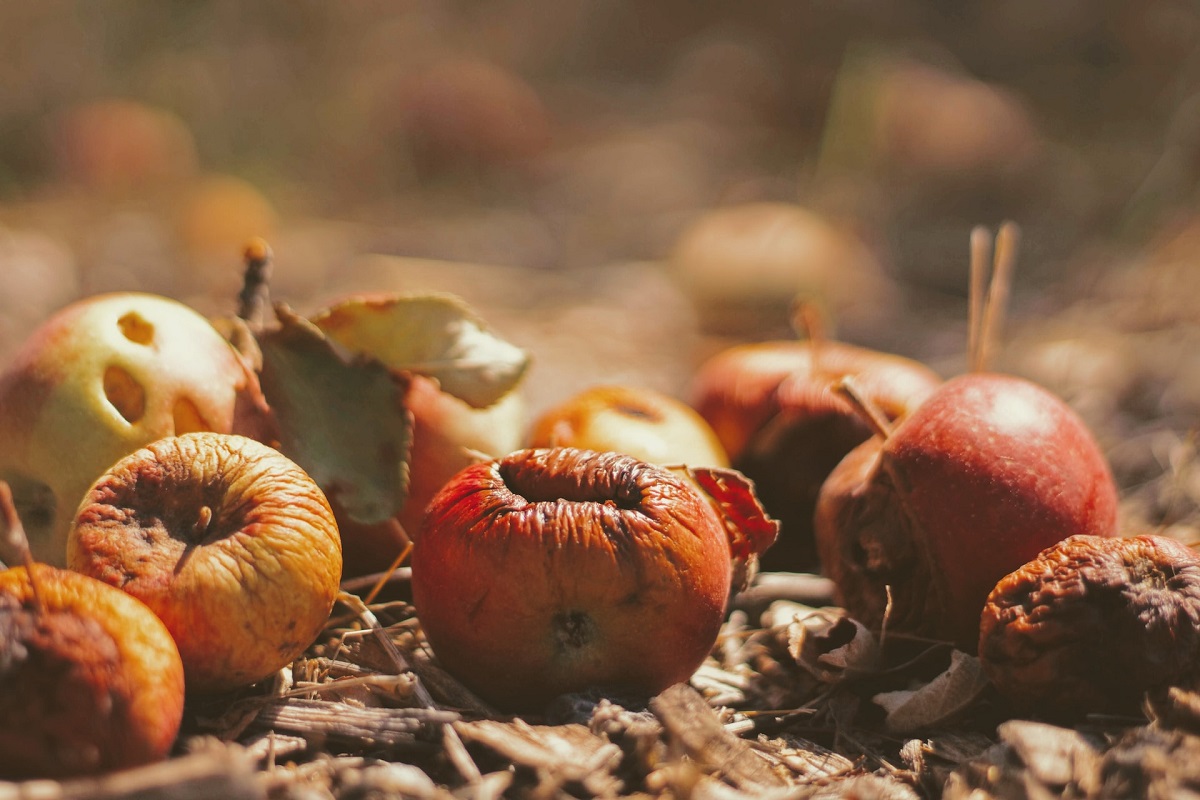7 Key Actions To Restore Nature On Farmland | Nature Restoration
With the increase in the global population, the demand for food production has also increased, putting immense pressure on our agricultural system. This increased demand leads to unsustainable farming practices that degrade ecosystems, reduce biodiversity and contribute to environmental challenges such as water pollution, soil erosion, and habitat loss. However, a growing movement recognizes the importance of restoring nature on farmland to create a balanced and resilient food production system. Nature-friendly farming practices can help us restore nature while making farming more profitable and productive.
In this article, we will outline key actions that can be taken to restore nature on farmland, promoting sustainable agriculture while preserving and enhancing the natural environment.
Primary ACTIONS TO RESTORE NATURE ON FARMLAND

The main steps that can be followed to restore nature on farmland are outlined below.
1. Enhance Existing Wildlife Habitat
Restoring nature on farmland starts by improving wildlife habitats that are already present on the farm. It can be done in different ways, such as by making them bigger, better, and connected:
- Better: It means you have to focus on habitat quality. See if the diversity of plants and habitats is as rich as possible and find ways to manage these habitats to improve their condition.
- Bigger: Find if you can expand any habitat patches. Larger habitats ensure species populations can be more resilient to environmental challenges such as harsh weather.
- Connected: Is it possible to link areas where animals live with pathways made of the same living spaces? It can help animals move between different areas without any problems and make it less likely for them to disappear from certain places.
More: It means finding if you can create new habitats to complement those already on your farmland.
2. Maximize Wildlife Value Of Field Margins And Boundaries
The edges of fields and the areas alongside them can act like pathways for animals on farmland. These spaces are not only important homes for wildlife but also have the potential to link different habitats and let animals travel across the farm. It is important to keep them safe from fertilizers and ensure they have a mix of different plants and features to take care of them. When we look after hedges and ditches properly, they create a bustling community of animals that help take care of crops and help plants grow by pollinating them.
3. Create Flower-rich Habitat
Fields full of flowers do not just look pretty, but they also do a lot of good for wildlife and farms. These flowery spots are like cozy homes for animals, and they also attract helpful bugs that can boost how well farms work. Believe it or not, farms are perfect spots for all kinds of beautiful flowers that belong in the area. Some of these flowers are quite special and rare, like the ones that grow in fields where crops are grown and the colorful grassy areas that are full of wildflowers.
When we have these flower-rich areas on farms, we create little havens for animals to thrive in. These spots also attract insects like bees and butterflies, which might seem small, but they play a big role in improving farms. You see, these insects are like nature’s helpers; they go around pollinating plants, which is nature’s way of helping crops grow and produce more food.
4. Restore or Create Wet Features
Water is like a lifeline for wildlife, and they depend on it. With the right care, those wet places on farms can become amazing homes for many animals. These watery spots can be ponds on the farm or even those temporary puddles that pop up here and there.
Now, picture this: the best-wet spots have really clear water that’s not too full of nutrients and not polluted. It is the perfect recipe for special water-loving plants to grow and thrive. These plants are like the superheroes of wetlands – they make these watery places even better for all creatures.
But here is a thing that we must be careful about what we let get into the water. Stuff like dirt from the fields, too much fertilizer, and those chemicals that keep pests away can affect the water quality. This water then will not be fit for animals to drink. So, it is highly essential to be gentle with these wet habitats. Keeping the water clean and ensuring the bad stuff does not get in creates a paradise for wildlife.
5. Make Seed Rich Habitat
Imagine a buffet just for birds full of nutritious seeds that they love. These special spots are like the lifeline for many animals that call the farmland home, especially those cute birds that munch on seeds. We can create these bird-friendly places in different ways.
One way is by planting special mixes of seeds that birds enjoy. It is like preparing their favorite dishes all in one spot. Another cool idea is to leave some parts of the land untouched, like a little wild corner where plants can grow freely. And you know those leftover plant stems after the harvest? They are like a snack bar for birds during the colder months.
So, by setting up these special places, you are giving our feathered friends a helping hand and ensuring they have enough to eat when times get tough.
6. Sympathetic Management Of the Farmland
The main idea of the Farm Wildlife plan is to set aside around 10% of the farm as a cool hangout spot for wildlife. But the interesting part is that even how you handle the rest of the farm can still greatly impact helping out our furry and feathered friends. Taking care of nature on the farm can make it better for making food and money.
So, let’s start with the dirt. Treating the soil nicely and ensuring it is healthy is like throwing a party for all the tiny creatures living underground. And believe it or not, these creatures are like the secret superheroes that help everything else above the ground thrive. Further, healthy soil can handle tough times like dry spells or too much water.
When dealing with pests and bugs, a smart approach is to use fewer chemicals that can cause problems for other animals. It helps protect the creatures we want to keep and strengthens our farm against challenges like bugs becoming immune to the chemicals.
And here is another trick: if you can find ways to use less of those artificial fertilizers, you can do a huge favor to our land and the water that runs through it. So, by following these simple steps, you are boosting nature and making our farm a super awesome place for wildlife and our farm business.
7. Conservation Tillage and Non-Till Farming
There are a couple of cool ways to do this. One is called “minimum tillage,” where we only do some digging. Then there is the super interesting “no-till farming,” where we do not dig at all. Instead, we plant right into the soil as it is. These techniques are like magic for the soil.
When we avoid too much digging, it is like giving the soil a chance to catch its breath. It helps keep all the important bits in place like the tiny homes for bugs and the nutrients plants need to grow. In addition, these techniques also help the soil soak up more carbon, which is like giving the earth a big hug.
But wait, there is more that you must know. Conservation tillage does not just help the soil stay put. It also makes the soil better at letting water sink in, which is important when it rains. It helps our farm handle wet weather without turning into a muddy mess. And you know what? When the soil is happy, our whole farm becomes stronger and more prepared for whatever comes its way.
So, next time you hear about conservation tillage, remember it is like giving our soil a break, helping it store carbon, and ensuring our farm stays tough and ready for anything. It is like a secret weapon for a healthier, happier farm.
Conclusion
Restoring nature on farmland is a noble goal and crucial for our planet’s health and well-being. You can benefit the environment and your farms and communities by enhancing wildlife habitats, creating flower-rich spaces, protecting water sources, and implementing sustainable farming practices. As you work to feed a growing global population, you must do so in harmony with nature. By restoring nature on farmland, you are preserving biodiversity and ensuring the survival of various species and long-term viability and resilience of our agricultural system. So let’s join hands and embark on this journey of restoring nature on farmland for a brighter and more sustainable future.



